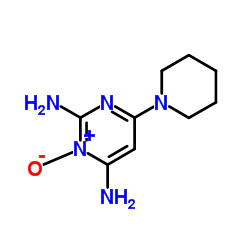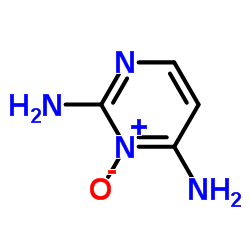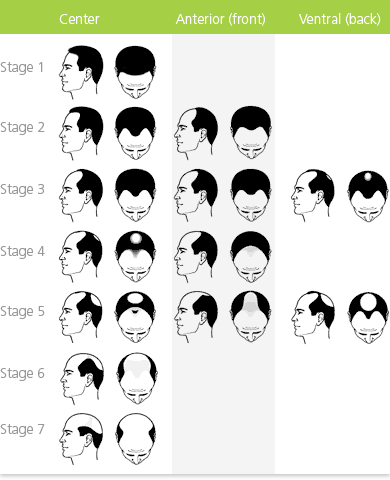Alopecia areata
This is a type of non-scarring inflammatory hair loss that can afflict anyone of any age. It is characterised by patchy hair loss that usually starts on the head. It can progress to involve the entire scalp, when it is termed Alopecia Totalis, and Alopecia Universalis, when the entire body is involved. It typically occurs during periods of stress.
The cause of Alopecia areata is unknown. What is clear, however, is that it is an auto-immune disorder, i.e. the body for some reason attacks the hair follicle. It rapidly causes the hair to go from anagen to telogen, causing the hairs to fall out over night. Most persons state that they wake up with coin shaped patches of hair loss where the scalp is usually non-tender, non-itchy, non-scaly and smooth or bare. Some report waking up with grey hairs overnight, as the condition preferentially attacks pigmented hairs.
Rapid Regrowth can occur, however, the hair follicles can stay in a permanent state of telogen and this can be quite frustrating.
Treatment of Alopecia areata
Topical Therapy
Persons who have Alopecia areata are usually given anti-inflammatory corticosteroids injected directly into the scalp, eyebrows, or any other area that is affected as well as topical corticosteroid creams to use at home. For persons with limited (small areas affected), this can be suitable. However, for persons with more extensive hair loss, they may require more options.
Another treatment modality that can be considered is Topical Immunotherapy with contact sensitizers. This involves the use of a highly allergenic agent such as Diphencyclopropenone (DCP) or squaric acid dibutylester (SADBE), most commonly used in Canada and Europe. These solutions are used to deliberately create an allergic reaction in the skin. In essence the compound causes the inflammatory cells acting on the hair follicle to be distracted and attack the solutions instead. The hair follicle is then left relatively free and the hair usually starts to regrow within 8-12 weeks. Most persons may need continued application of these agents indefinitely in order to keep their hair.
A newer, more novel therapy is currently undergoing trials in both mouse models and humans. The novel agent is called a JAK inhibitor. JAK enzymes are one part of the complex environment. When activated, they seem to keep the hairs in a dormant state. The inhibitors when taken orally was found to regrow hair in a person who had Alopecia Universalis. Currently, they are testing topical forms of these agents which are showing some promise.
Oral Therapy
Oral medications are used for those who have have not responded to topical therapy or are in need of their hair to grow back for an event. Oral medications that tend to be used include corticosteroids like Prednisone and immunosuppresive agents such as Methotrexate, and Mycophenolate Mofetil. The problem with oral medications is that once they are stopped, the hair tends to fall out again, which is quite frustrating. Patients have the tendency to want to continue them, but the side effect profile of these medications are not worth trying it especially for a condition that can spontaneously resolve on it its own. Prednisone can stunt growth in children or affect development of secondary sexual characteristics such as beards for teenagers. Prolonged use can also cause thinning of the bones and persons on long term Prednisone can develop diabetes or hypertension as well as a host of other issues . Methotrexate can make persons be prone to more infections.
Non medical treatment
Persons are now trying dermal needling and/or Platelet rich plasma for Alopecia areata to see if they would make a difference. Again, these are novel treatment therapies and have not been rigorously examined to see if they truly work.
For those who have failed all of the above, wigs and other hair prostheses are used as camouflage. There are numerous types of wigs available that can be used in different lifestyles.
Here’s an article by the American Academy of Dermatology on Alopecia areata
https://www.aad.org/public/diseases/hair-and-scalp-problems/alopecia-areata
 \
\



